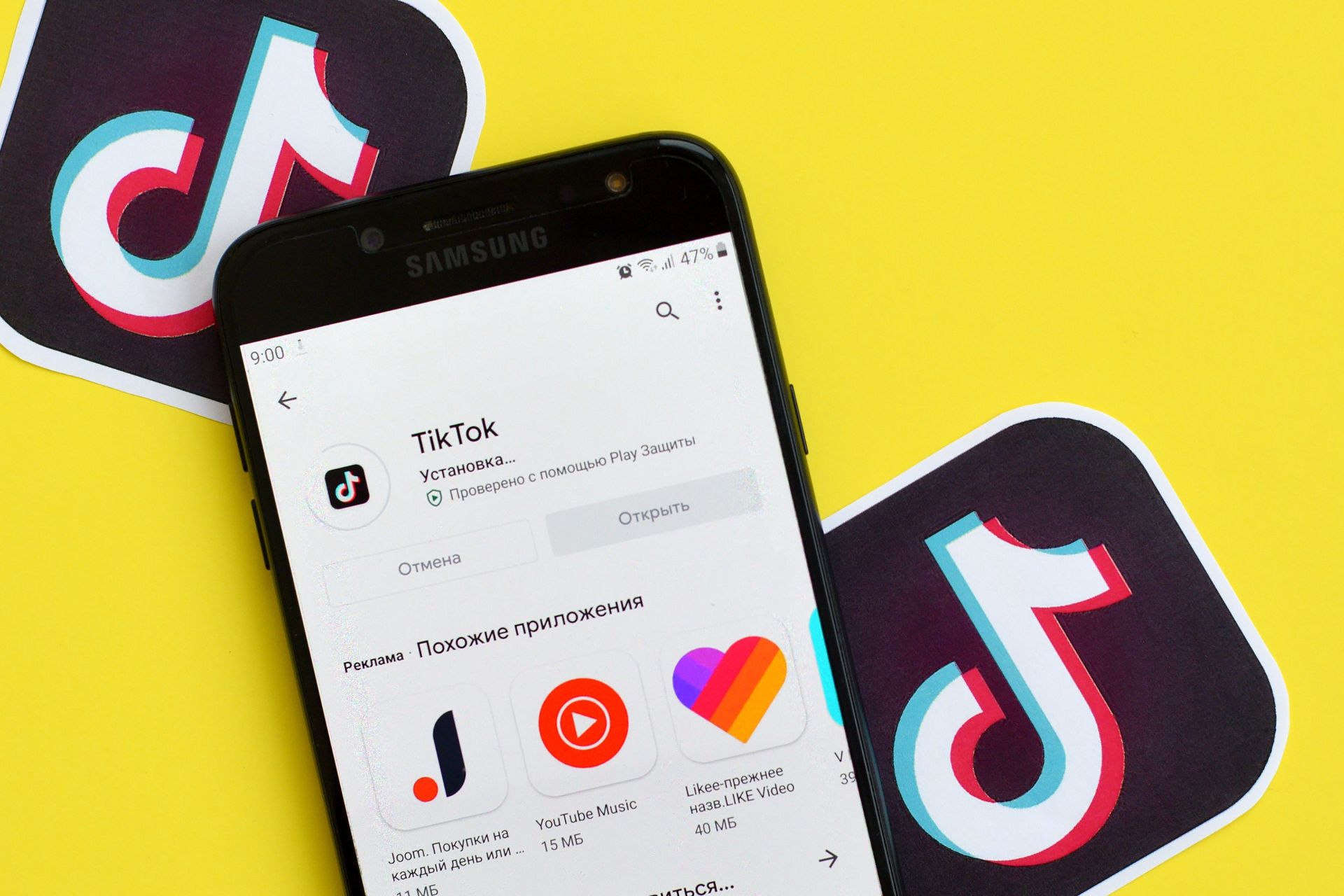Complete Guide to Outranking Your Competitors on Google
In today's digital age, standing out in the crowded online marketplace is a challenge every business faces. Navigating the vast, ever-changing terrain of Google's algorithm can seem like attempting to conquer an insurmountable peak. But fear not! Our complete guide is here to equip you with the knowledge and tools you need to outmaneuver your competitors and claim that coveted number one spot on the Google search results page.
Read on as we unravel the mysteries of
Search Engine Optimization (SEO), and provide you with a roadmap to success in the digital world.
Utilizing Keyword Research To Understand Your Target Audience and Their Search Habits
Keyword research is the cornerstone of understanding your target audience and their online search habits. This vital SEO practice involves identifying popular words and phrases people enter into search engines. It's about understanding exactly what potential customers are searching for, the exact words they're using, and the type of content they wish to consume.
Armed with this knowledge, you can tailor your website content to mirror the language your audience uses, increasing the likelihood of your pages ranking on Google. Tools like Google Keyword Planner, SEMRush, and Ahrefs can provide valuable insights into keyword popularity, competition, and trends.
Remember, the ultimate goal of keyword research isn't just to increase traffic, but to attract the right kind of traffic - potential customers who are interested in what you have to offer.
Optimizing Your Website’s On-Page SEO Factors
On-page SEO refers to the practice of optimizing individual web pages on your site to rank higher and earn more relevant traffic in search engines. This involves both the content of individual pages and the underlying HTML source code.
To enhance your website's on-page SEO, start with your content. Ensure it is high-quality, original, and relevant to your target audience's queries. Use your keywords naturally and strategically within your text, but avoid keyword stuffing as this can negatively affect your SEO.
Meta tags are another crucial element of on-page SEO. These HTML tags provide information about your webpage for search engines and users. The meta title and meta description are particularly important as they appear in search engine results and can influence click-through rates.
Header tags (H1, H2, H3, etc.) are not only beneficial for readability but also for SEO, as they help search engines understand your content structure. Make sure to use them properly and include your keywords when relevant.
Lastly, optimizing your URLs by keeping them short, descriptive, and incorporating keywords can also have a positive impact on your on-page SEO.
Remember, optimizing your website's on-page SEO factors is an ongoing process that requires regular review and updates as search engine algorithms continue to evolve.
Building Quality Backlinks
Building quality backlinks is another critical component of SEO strategy. Backlinks, also known as inbound links, are links from one website to a page on another website. Google views these links as votes of confidence, so the more quality backlinks your site has from reputable sources, the higher your pages can rank in search results.
It's important to note that the emphasis is on "quality" here; not all backlinks are created equal. Links from high-authority, relevant sites in your industry will carry far more weight than those from low-authority sites or unrelated fields.
There are several strategies to building quality backlinks, including guest blogging on reputable industry sites, collaborating with influencers, and creating shareable content that others want to link to. Additionally, regular checks for broken links, and replacing them with relevant ones to your content, can also yield positive results.
Remember, the goal is always to provide value for the user. By focusing on creating high-quality content and building meaningful relationships in your industry, you can earn high-quality backlinks that boost your SEO and help you outpace your competitors.
User Experience and Mobile Optimization
User experience (UX) and mobile optimization have become integral parts of an effective SEO strategy. UX is all about creating a website that provides a positive and seamless experience for users, encouraging them to stay longer, engage more, and ideally, convert into customers. Elements like site navigation, page load speed, and content relevance all play a role in creating a superior user experience.
Mobile optimization ensures your website looks and functions well on mobile devices, which is crucial given the growing number of mobile internet users. Google has adopted a mobile-first indexing approach, meaning it primarily uses the mobile version of a website for indexing and ranking. Therefore, if your website isn’t mobile-friendly, it could negatively impact your rankings in mobile search results.
To optimize for mobile, make sure your website has a responsive design that adjusts to different screen sizes. Pay attention to text formatting, ensure clickable elements are spaced out, and keep an eye on page load speed as mobile users often have less patience for slow-loading websites.
Remember, enhancing user experience and optimizing for mobile not only improves your SEO but also fosters customer satisfaction and loyalty. It's about making your website more accessible, engaging, and user-friendly for everyone, regardless of the device they're using.
Utilizing Google Analytics to Track Your Progress and Make Necessary Adjustments
Google Analytics is a powerful tool that allows you to track and analyze your website's performance and make necessary adjustments to your SEO strategy. By understanding the metrics and data that Google Analytics provides, you can gain insights into how users are interacting with your website, which pages are performing well, and where there might be opportunities for improvement. Here's what you should be focusing on:
- Bounce Rate: This indicates the percentage of visitors who navigate away from your site after viewing only one page. A high bounce rate might suggest that your content is not engaging or relevant to your visitors, or that your site has usability issues.
- Pages per Session: This refers to the average number of pages viewed during a session. More pages per session often mean that visitors are more engaged and exploring more of your content.
- Average Session Duration: This is the average length of time a user spends on your site during a session. Longer sessions can indicate that users find your content valuable and engaging.
- Organic Search Traffic: This shows the number of visitors who arrived at your site through search engine results. Increasing organic search traffic is one of the main objectives of SEO.
- Conversion Rate: This number shows what percentage of your visitors completed a desired action (like filling out a form, signing up for a newsletter, or making a purchase). A higher conversion rate means your SEO strategy is effectively driving targeted traffic to your site.
Remember, Google Analytics is a powerful tool. But it's only as good as the time and effort you put into understanding and utilizing its data to refine your SEO strategy.
About Us
If you are looking for professional help to get ahead in your SEO strategies, you don’t need to look any further than Unveiling Marketing. We are a team of professionals with a vision to build an agency that clients can trust. We want to achieve that vision by providing personalized marketing services to our clients and helping them grow. You can reach us at
(908) 336-2333 or fill out our
contact form to schedule a consultation today!
Unveiling Marketing
We are the premier digital marketing solution. Contact us today to set up an appointment to get your free, no-obligation zoom consultation!
Follow our social media pages
MENU
SERVICES
Customer Quotes

Jane Smith

“This is the best company I have ever worked with. I am recommending to all my friends and colleagues.”











